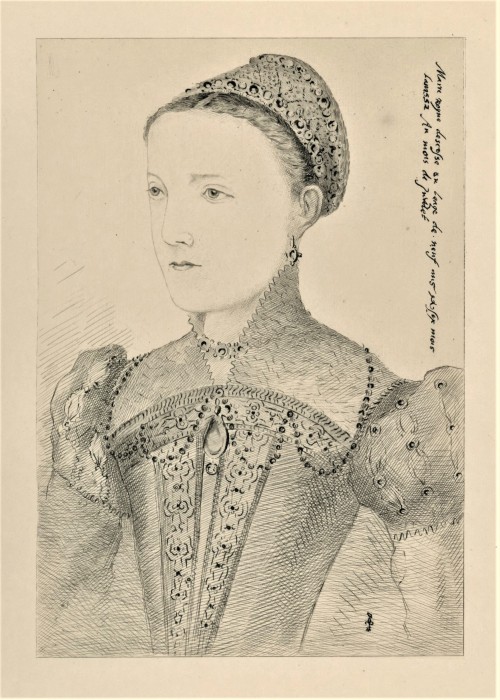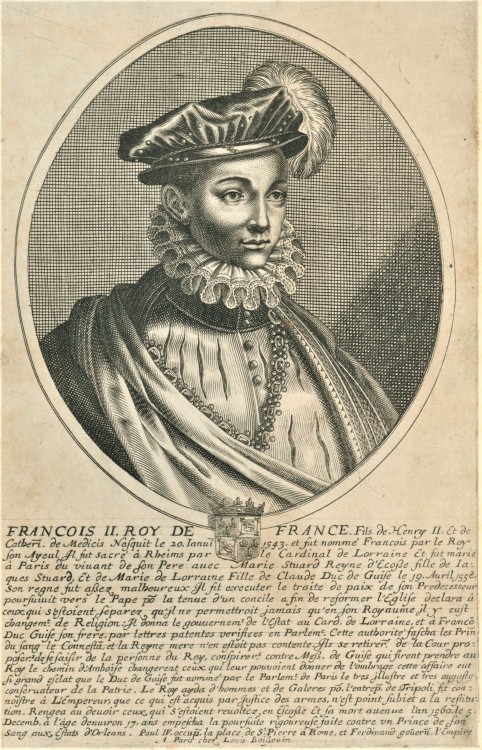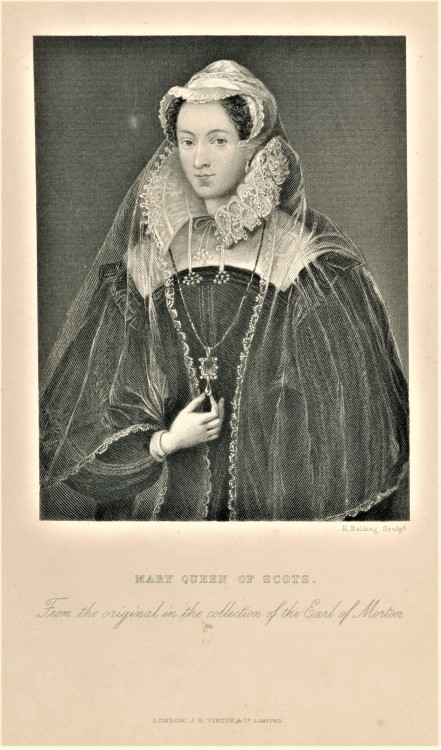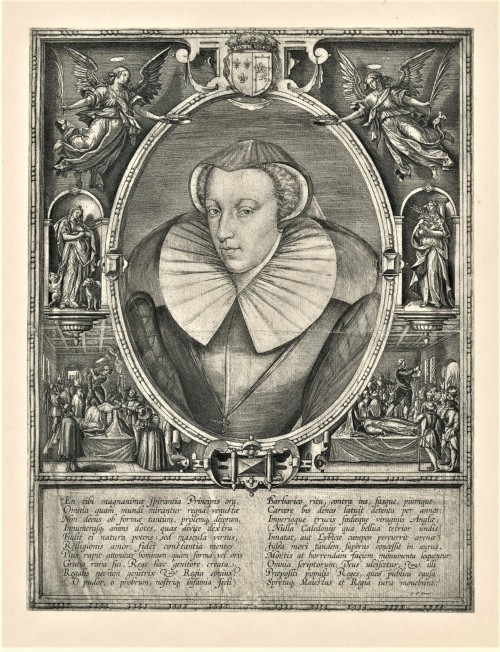Mary, Queen of Scots, Monday On this day, the second of May, in 1568, Mary Stuart, aided by her
Mary, Queen of Scots, Monday On this day, the second of May, in 1568, Mary Stuart, aided by her jailor’s family, escaped after nearly a year of imprisonment in Lochleven Castle. To commemorate this occasion, we present plates from John Skelton’s 1893 work Mary Stuart, Skelton’s third work on Mary, Queen of Scots, all advocating for a sympathetic view of Mary as a heroic victim. Mary Stuart was printed and published in an edition of 200 copies for Europe (with an additional 100 “with a duplicate series of plates … for America”) by Boussod, Valadon & Co. in Asnières-sur-Sein, a township in Île-de-France just north-west of Paris. The publishing company, formerly Goupil & Cie., is best known for its association with Galerie Goupil and the auction and exhibition of contemporary art. With branches in New York, London, Berlin, Vienna, and Brussels, Goupil was a dominant force in the 19th century art market. The business was initially established in 1827 by Jean-Baptiste Michel Adolphe Goupil as a print publishing firm. Goupil retired from the business in 1884, leaving his partner Léon Boussod and Boussod’s son-in-law René Valadon in charge of the business. In 1886, Boussod established the photographic studio and printing press at Asnières where Mary Stuart would eventually be printed.Mary’s life was beset with scandal and tragedy. After her betrothal to Henry VIII’s son Edward fell apart, she was sent to France at the age of five to eventually wed the Dauphin, Francis II, two years her junior. They married once the Dauphin came of age, but Francis died of an infection and Mary found herself widowed at 18. Mary returned to Scotland and was eventually married to her cousin, Henry Stuart, Earl of Darnley, generally described as a rageful, alcoholic, syphilitic womanizer. Darnley was killed under suspicious circumstances in January of 1567. Mary herself was suspected, as was James Hepburn, the Earl of Bothwell. Bothwell was eventually tried and acquitted in April, but the marriage of Bothwell and Mary only weeks after the trial caused quite a controversy. The Scottish nobility turned on Mary and Bothwell, leading to her imprisonment and the abdication of the throne. Mary fled to England, hoping to find an ally in her cousin Queen Elizabeth. Instead, she was held prisoner (albeit rather lavishly) for the new two decades. She was executed in 1587 after being found guilty of treason. View more Milestone Monday posts here. -Olivia, Special Collections Graduate Intern -- source link
#milestone monday#mary stuart#lochleven castle#john skelton#goupil cie#adolphe goupil#leon boussod#etchings#engravings#severed heads#olivia









